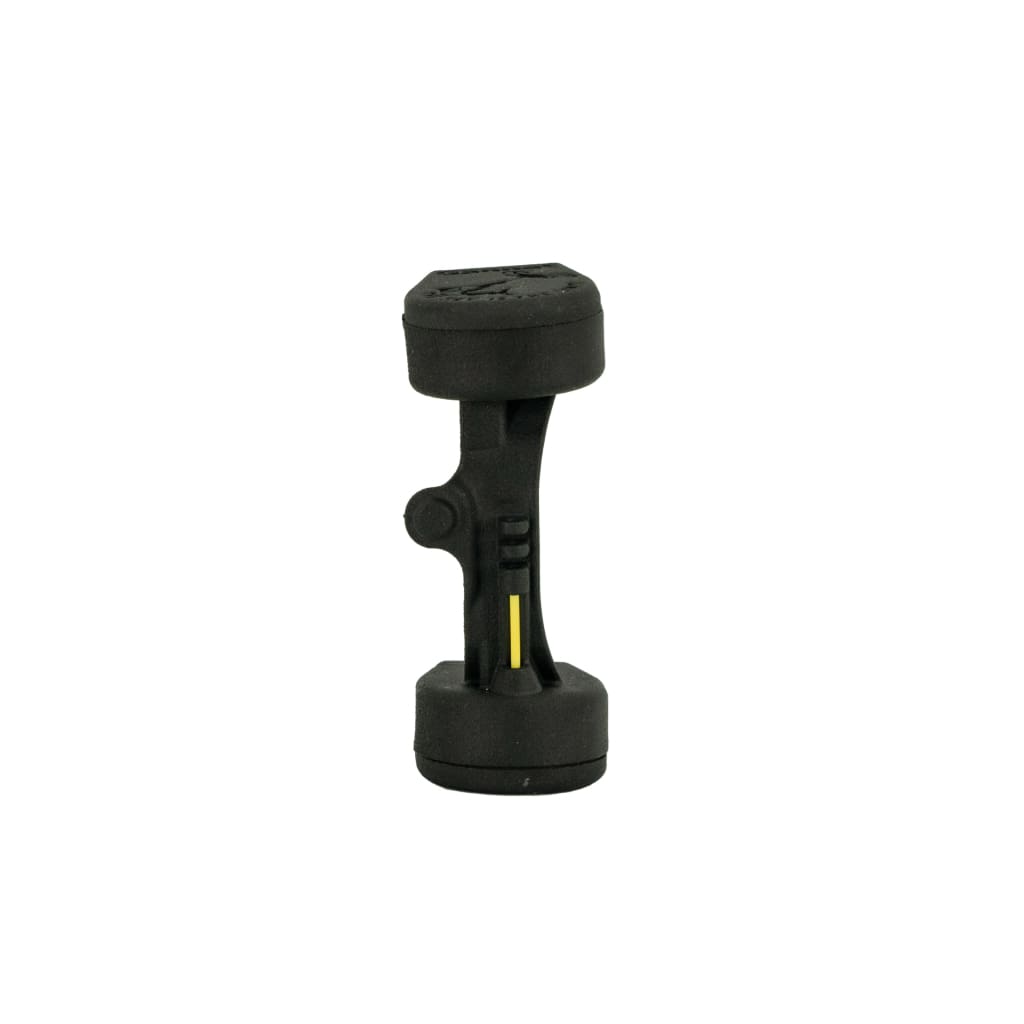- Joined
- Aug 3, 2018
- Messages
- 51
- Reactions
- 34
- Age
- 28
The Zing Drone Delivery app allows users to select a point they would like to deliver to. The drone takes off and ascends to 200 feet on autopilot. Next the drone flies directly to the dropoff location and descends to 15 feet autonomously. After descending to 15 feet, the pilot has manual control to drop off the package. Finally, once it is is safe to take off, the drone returns home and lands autonomously.
Zing App Demo (No Longer has Pickup location, only dropoff location)
Zing Drone Delivery Download (Free on the Apple App Store)
Zing App Demo (No Longer has Pickup location, only dropoff location)
Zing Drone Delivery Download (Free on the Apple App Store)













